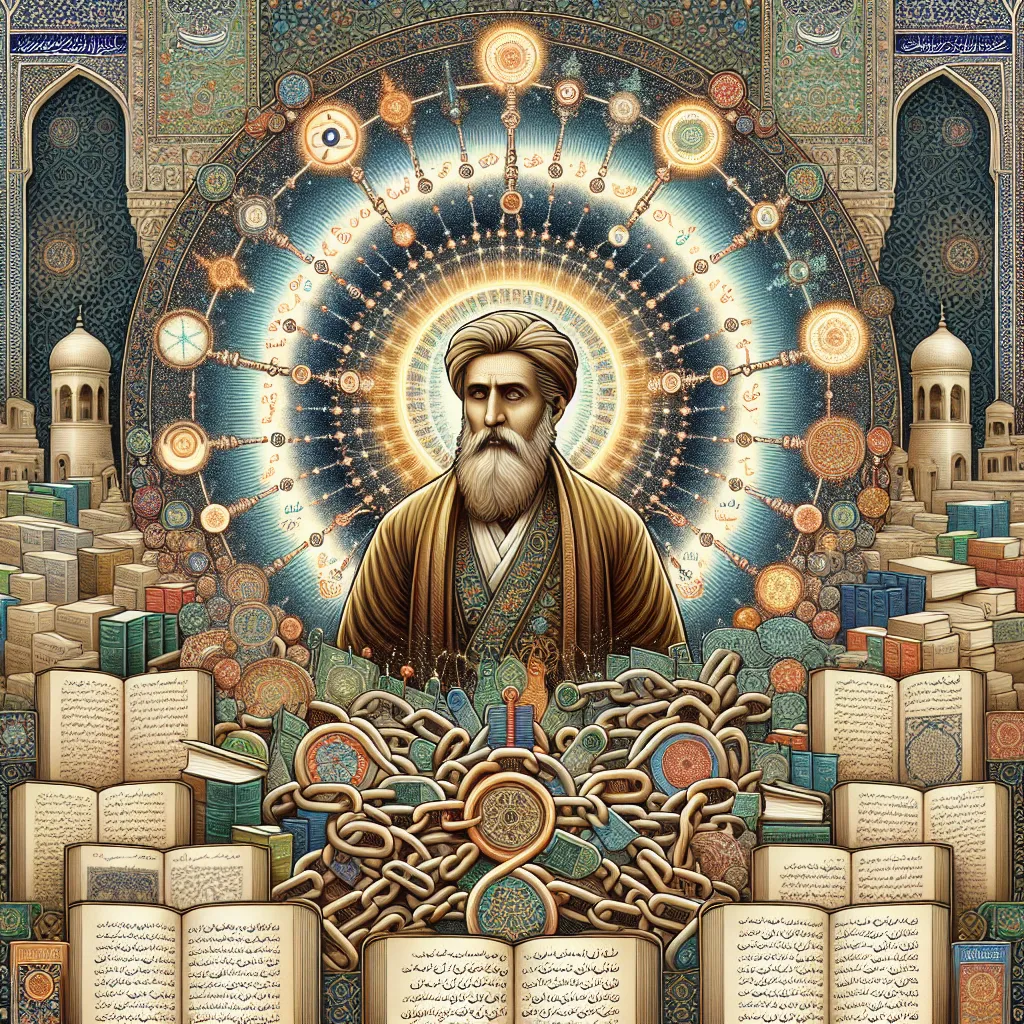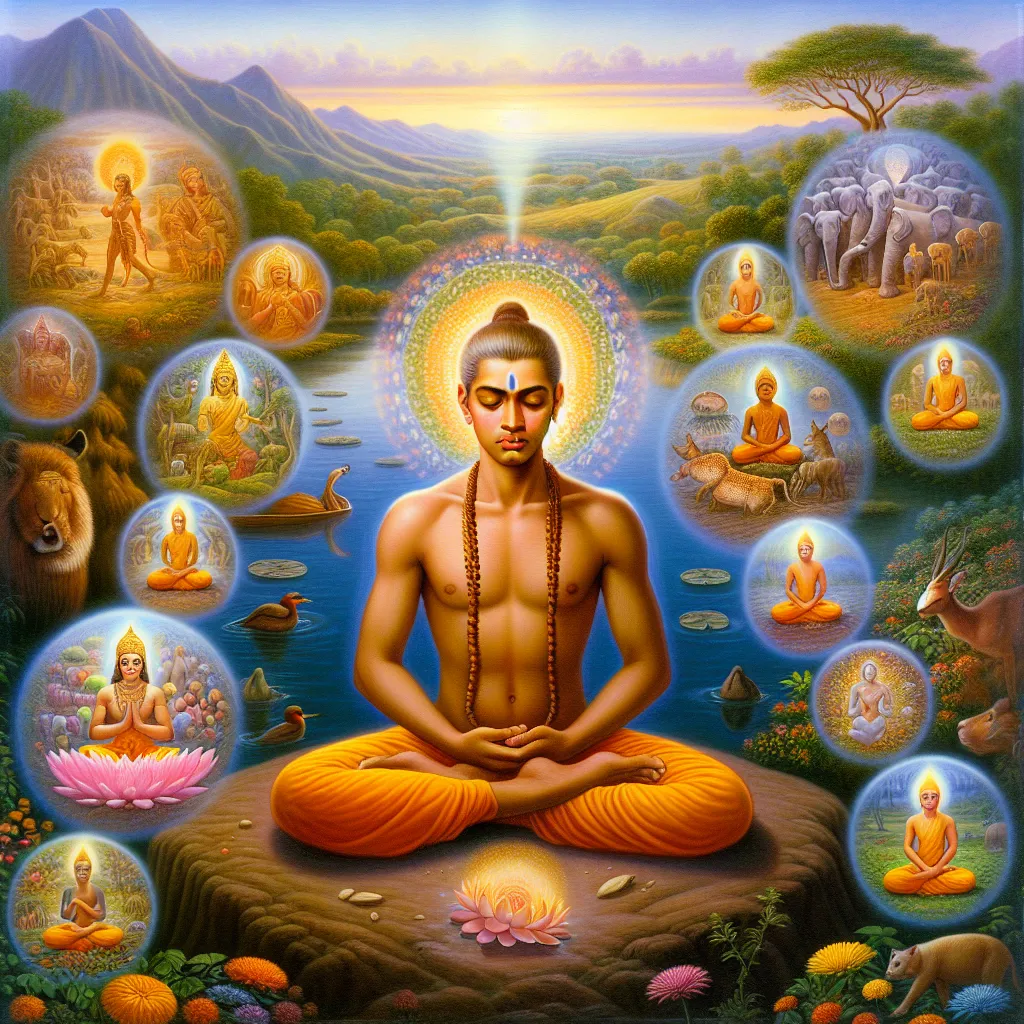Islam, one of the big players in the world of religions, has two main branches: Sunni and Shia. These two groups branched off due to a big disagreement over who should have taken over after the Prophet Muhammad passed away in 632 CE. Even though they have their differences, Sunnis and Shias both follow the same holy book, the Qur’an, and believe in the same prophet, Muhammad. Over time, their interpretations and practices have evolved uniquely.
The core disagreement between Sunni and Shia Muslims centers on who should have led the Muslim community after Muhammad’s death. Sunnis believe that Muhammad didn’t clearly name a successor, while Shias think that Muhammad publicly chose his cousin and son-in-law, Ali, to be his successor. This belief is based on the event at Ghadir Khumm where Muhammad allegedly raised Ali’s hand and declared, “He whose mawla I am, Ali is his mawla.” Shias see this as Muhammad naming Ali as his successor.
Sunnis accept the first four caliphs—Abu Bakr, Umar, Uthman, and Ali—as the “Rightly Guided Caliphs” who led the Muslim community after Muhammad. They believe these caliphs had both religious and political power. Over time, caliphs came to be seen more as political rulers, while religious scholars (ulama) became the main religious authorities. Sunnis strive to live according to the example of the Prophet, which is recorded in the Hadiths, collections of his sayings and actions.
On the flip side, Shias believe in a lineage of Imams who are direct descendants of Muhammad and considered infallible spiritual leaders. The largest Shia group, the Twelvers, believe in twelve Imams, with the twelfth Imam, Muhammad al-Mahdi, being in hiding and expected to return as the Mahdi to lead the world to righteousness. Shias place a high spiritual status on these Imams, seeing them as interpreters of the faith and guides for the community.
When it comes to religious practices, both Sunnis and Shias perform the five daily prayers (Salah), but there are some differences in how they do it. Shias often combine some prayers and may use natural elements like clay during their prayers. Sunnis rarely combine prayers and have different hand positions during prayer. Both groups avoid idol worship and follow the Five Pillars of Islam: the declaration of faith (Shahada), prayer (Salah), giving to charity (Zakat), fasting during Ramadan (Sawm), and pilgrimage to Mecca (Hajj).
Both Sunnis and Shias believe in an impending apocalypse and the return of Jesus (Isa) to defeat the antichrist figure known as Masih ad-Dajjal. However, their views on the Mahdi differ. Sunnis see the Mahdi as a devout man who will lead the world to righteousness, while Shias believe the Mahdi is the twelfth Imam, Muhammad al-Mahdi, who will return from his hiding.
Despite these differences, Sunnis and Shias have lived together peacefully in many parts of the world. In areas where power inequalities or geopolitical conflicts are minimal, sectarian tensions are less intense. However, in places like Iraq and Syria, historical and political factors have made sectarian divisions worse, leading to significant conflicts.
In a nutshell, while Sunnis and Shias share many beliefs and practices, their different views on leadership succession and religious authority have shaped their distinct traditions. Understanding these differences is key to fostering mutual respect and cooperation between the two branches of Islam.






